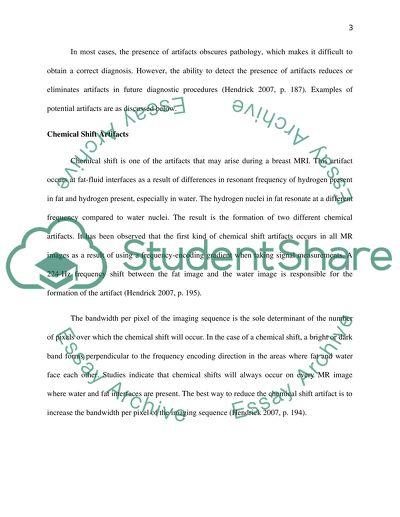Cite this document
(“Breast MRI Essay Example | Topics and Well Written Essays - 1750 words”, n.d.)
Retrieved from https://studentshare.org/health-sciences-medicine/1457363-breast-mri
Retrieved from https://studentshare.org/health-sciences-medicine/1457363-breast-mri
(Breast MRI Essay Example | Topics and Well Written Essays - 1750 Words)
https://studentshare.org/health-sciences-medicine/1457363-breast-mri.
https://studentshare.org/health-sciences-medicine/1457363-breast-mri.
“Breast MRI Essay Example | Topics and Well Written Essays - 1750 Words”, n.d. https://studentshare.org/health-sciences-medicine/1457363-breast-mri.


